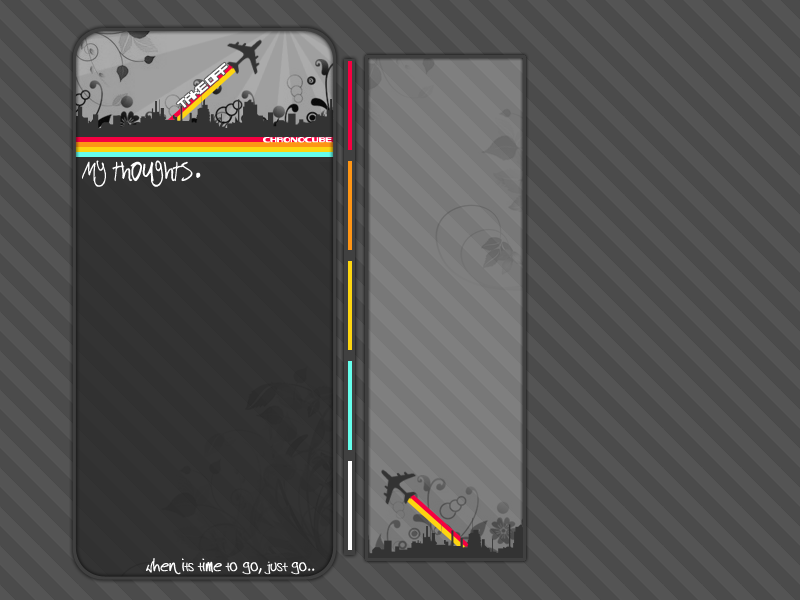Graphical And Component Method
Saturday, June 30, 2007
There are two known methods of locating the Resultant Vector. These methods are the: Graphical and Component.
Steps in using the Graphical Method:
1. First of all, make use of a cartesian plane.
2. Then, set a scale of measurement for example instead of using 20 hectares we represent that as 1cm.
3. Connect the tail of the preceeding vector to the head succeeding vector.
4. With the use of equations, you'll be able to get the magnitude and direction of the Resultant Vector.
Steps in using the Component Method:
1. First, make a table with at least 3 columns and 5 rows.
2. Label the first column as the vector. The second one as the x-component. The third one the y-component.
3. Find the values of each vector and place it in the respective components.
4. After getting the values, get the sum of each component by adding all the vectors under it.
5. Square each sum then get the sum of the squared value.
6. Use the Pythagorean Theorem to get the Magnitude and the Tangent function for the direction.
Steps in using the Graphical Method:
1. First of all, make use of a cartesian plane.
2. Then, set a scale of measurement for example instead of using 20 hectares we represent that as 1cm.
3. Connect the tail of the preceeding vector to the head succeeding vector.
4. With the use of equations, you'll be able to get the magnitude and direction of the Resultant Vector.
Steps in using the Component Method:
1. First, make a table with at least 3 columns and 5 rows.
2. Label the first column as the vector. The second one as the x-component. The third one the y-component.
3. Find the values of each vector and place it in the respective components.
4. After getting the values, get the sum of each component by adding all the vectors under it.
5. Square each sum then get the sum of the squared value.
6. Use the Pythagorean Theorem to get the Magnitude and the Tangent function for the direction.

8:44 PM
Expectations.
Friday, June 29, 2007
This is for Sir King. :]
Lesson:
I've learned many things last year so I hope that my knowedge would expand. Physics for me is one of a hell subject because not only calculations is involved but also memorizations of terminologies so now I'm ready for it.
Teacher:
Ahh. For Sir King, during the first meetings I came up with my first impression. He's good in teaching and for me he's quite good than the other one. So I hope these expectations would be applicable for the Physics class. :]
Lesson:
I've learned many things last year so I hope that my knowedge would expand. Physics for me is one of a hell subject because not only calculations is involved but also memorizations of terminologies so now I'm ready for it.
Teacher:
Ahh. For Sir King, during the first meetings I came up with my first impression. He's good in teaching and for me he's quite good than the other one. So I hope these expectations would be applicable for the Physics class. :]

9:16 PM

